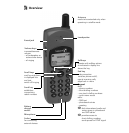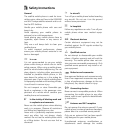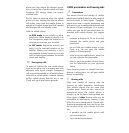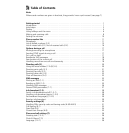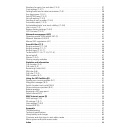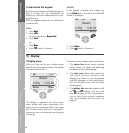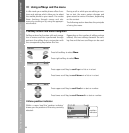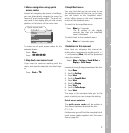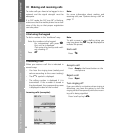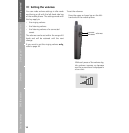phone and may violate the relevant regula-
tions, causing loss of performance and radio
frequency (RF) energy above the recom-
mended limits.
Do not hold the antenna when the mobile
phone is in use. Holding the antenna affects
call quality, may cause the mobile phone to
operate at a higher power level than needed
and shortens talk and standby times.
Hold the mobile phone
– in GSM mode as you would any other
telephone. While speaking directly into
the microphone, angle the antenna in a
direction up and over your shoulder.
– in SAT mode: Extend the antenna and
point it in the assumed direction of the
satellite. Making and receiving a call is
only possible outside houses or cars and
with no obstructions between the mobile
phone and satellite.
p Emergency calls
To make or receive calls, the mobile phone
must be turned on and in a service area with
adequate radio signal strength. Emergency
calls may not be possible on all mobile phone
networks or when certain network services
and/or mobile phone features are in use.
Check with your local service provider.
}With pacemakers and hearing aids
H
Pacemakers
The various brands and models of cardiac
pacemakers available exhibit a wide range of
immunity levels to radio signals. Therefore,
people who wear a cardiac pacemaker and
who want to use a mobile phone should seek
the advice of their cardiologist. If, as a pace-
maker user, you are still concerned about in-
teraction with mobile phones, we suggest
you
– maintain a distance of 15 cm (6 inches)
between the mobile phone and your
pacemaker
– do not hold your mobile phone to your
chest, e.g., do not carry the mobile
phone in a breast pocket
– when using the mobile phone, place it to
your ear opposite the pacemaker
– refer to your pacemaker product litera-
ture for information on your particular
device.
If you have any reason to suspect that inter-
ference is taking place, turn off your mobile
phone immediately!
O Hearing aids
Most new models of hearing aids are
immune to radio frequency interference
from mobile phones that are more than
2 metres away. Some are also immune to
interference when the mobile phone is
brought up to the same hearing-aided ear.
Many types of older hearing aids may be
susceptible to interference, making it very
difficult to use a mobile phone. Should inter-
ference be experienced, there are things that
can be done which may improve the situa-
tion:
– if possible use the mobile phone with
your non-aided ear
– use a hands-free accessory.




